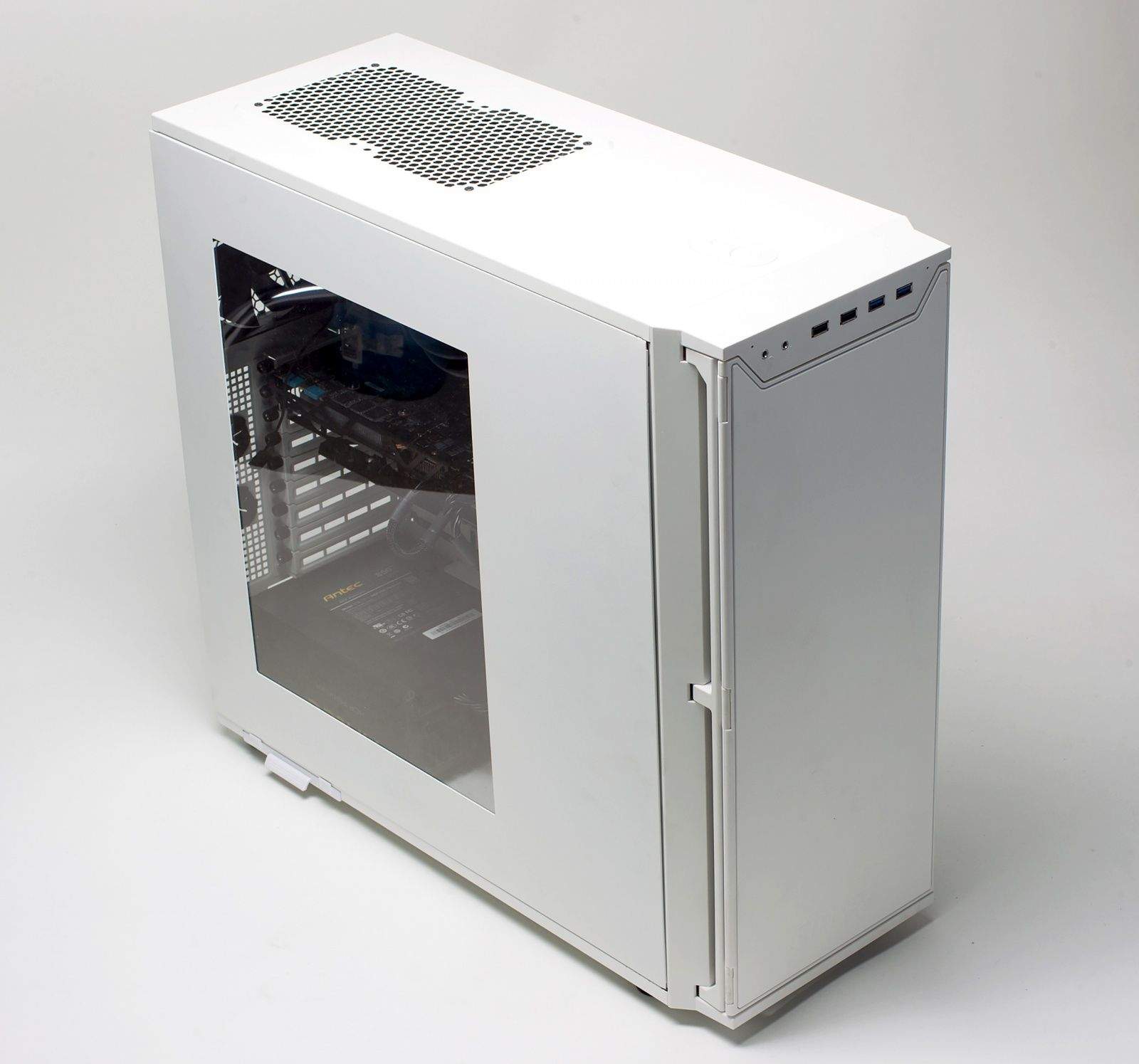Although it looks like a vanilla PC in a boxy case, the machine pictured above is a high-performance, custom-built Hackintosh.
This thing is hot! Known as the P280, after its Antec case, this Hackintosh is equivalent in performance to Apple’s latest Mac Pro workstation, but costs significantly less.
Roughly comparable to a Mac Pro costing $3,500, the P280 was assembled from off-the-shelf PC parts costing just over $2,000, including a water-cooling system to chill its chips. The Hackintosh runs Apple’s OS X Mavericks and, according to its builder, bests a similarly configured Pro on many benchmarks.
It has none of Jony Ive’s industrial design magic, of course, but that’s not the point. This is a DIY rig that’s as badass as it gets.
Built by Jonathan Moos of Antec, a PC parts company that supplied some of the components, the P280 is a high-performance machine. Jonathan gives a tour of the hot-rod Hackintosh in the video above, which also shows off a cheaper “value” Hackintosh he built for about $1,000 (more on that below).
A Hackintosh is a machine capable of running Apple’s OS X but made from non-Apple hardware. Strictly speaking, a Hackintosh is illegal. OS X’s End User License Agreement (EULA) forbids the software from being installed on any hardware that isn’t Apple-branded. “The grants set forth in this License do not permit you to, and you agree not to, install, use or run the Apple Software on any non-Apple-branded computer, or to enable others to do so,” the license says.
Apple has prosecuted a couple of startup companies that tried to sell Hackintoshes to consumers, including Psystar and PearC. But nonetheless, the DIY Hackintosh community is alive and well, with hackers around the globe turning PCs into Macs thanks to easy-to-use software like UniBeast, which has software drivers for many of the parts.
It’s impossible to estimate the size of the community, but there are more than 800,000 active members of tonymacx86.com, a popular Hackintosh forum, according to the webmaster. The community is “likely in the millions of users,” said the webmaster, who asked to remain anonymous.
“People build for many reasons, not the least of which is that it’s fun!” said the webmaster. “That’s why I do it. I love tweaking and experimenting with stuff to see if and how we can make things easier and better for the community.”
In addition to the fun of building your own computer, the Hackintosh scene offers an almost endless variety of options and configurations. Rolling your own Mac means significant cost savings and easy upgradeability — and it’s a great way to learn about computers.
John, the owner of OSx86.net, another popular Hackintosh forum, said the custom machines are a gateway drug for chip-heads. Tinkerers often graduate from custom-PCs to Apple made machines. “The people that build Hackintosh are exploring the possibilities on their computers and curious about the Mac operating system,” said John, who also requested anonymity. “I’ve been in the scene for quite a while and I’ve always seen people experiment and learn about OS X on a Hackintosh first and when they are ready to switch entirely, they buy real Macs. Less hassle :-)”
According to Antec’s Moos, his two Hackintoshes are on par with current Mac Pros. The P280 scored 17,764 on the Geekbench multicore benchmark. That score bests a similarly configured Mac Pro, but falls short of the really high-spec Mac Pros, which can score 32,000 and above (and cost a lot more). Moos’ machine is capable of powering a 4K monitor. Everything runs silently and it boots almost instantly thanks to its fast solid state hard drive.
I played around with it here in the office, and of course, it’s indistinguishable from a genuine Mac. The machine was fast and responsive. I ran a couple of GPU benchmarks, which scored very highly. I watched with great delight as an endless loop of the new Transformers movie piped to the office’s big-screen HDTV. The giant dinosaur robots battled without a glitch.
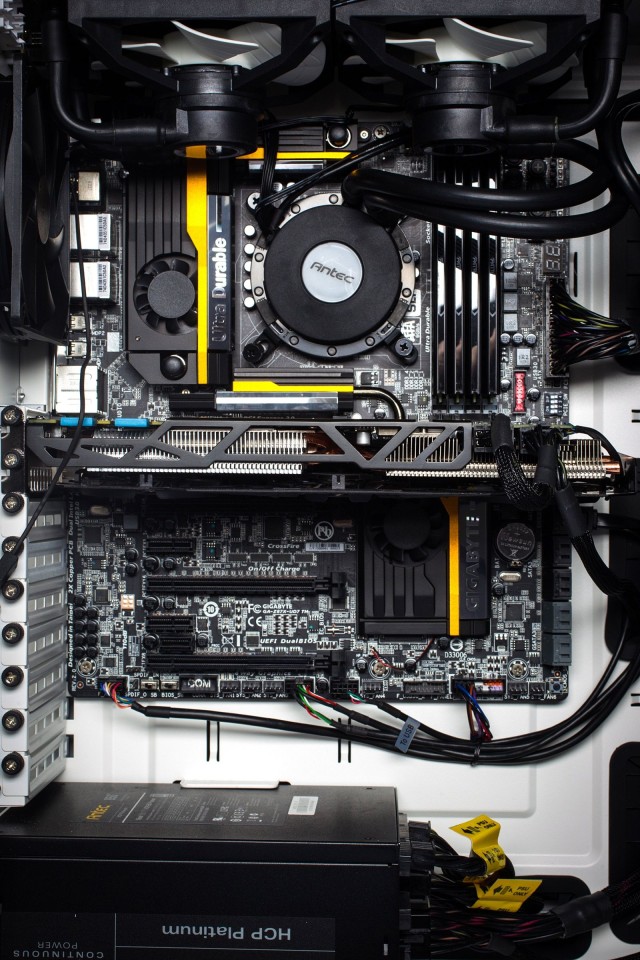
P280
The P280 is powered by an Intel i7 4770K 1150 Quad-Core CPU running at 3.5GHz. It’s one of the most popular chips for a Hackintosh. And thanks to the Kuhler 1250 cooling the CPU, it can be overclocked to 4.2GHz or higher.
The P280 has 32GB of RAM and a 256GB SSD. The operating system and apps are loaded onto the SSD for maximum performance. Moos is planning to add a big hard drive for media storage; the case has several open drive bays with soft rubber bumpers to minimize vibration.
The graphics card is a Gigabyte GeForce GTX 770 WindForce. It’s not as powerful as the Mac Pro’s dual AMD FirePro D300 graphics processors, but the card is more than capable of driving a 4K monitor.
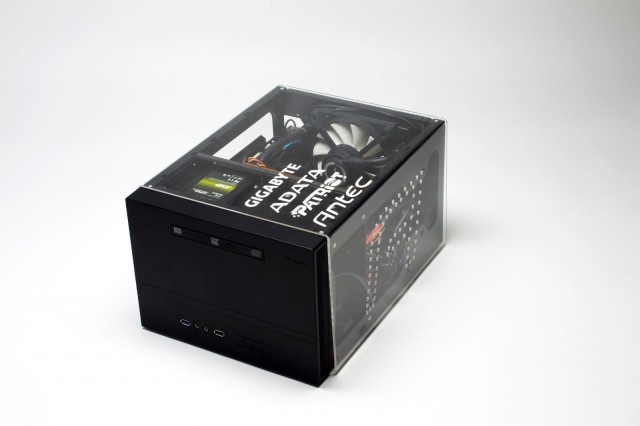
ISK600
The ISK600 is a “value” Hackintosh, built by Moos for just over $1,000. Running an Intel i5 4670K 1150 Quad-Core processor at 3.4Ghz, the ISK600 (also named after the case it is housed in) is also roughly equivalent in performance to a Mac Pro. Like the P280, the ISK600 is water-cooled. The system is sealed and never needs refilling or topping off with coolant (they rarely spring leaks, I’m told). It has 16GB RAM, a 256GB SSD and a Gigabyte GeForce GTX 760 WindForce graphics card. In total, the parts cost $1,143.92.
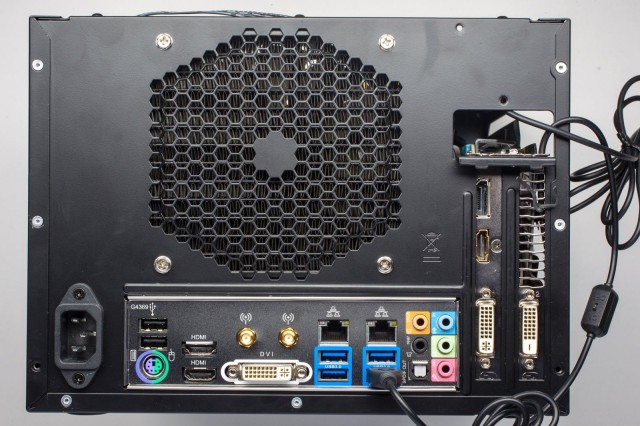
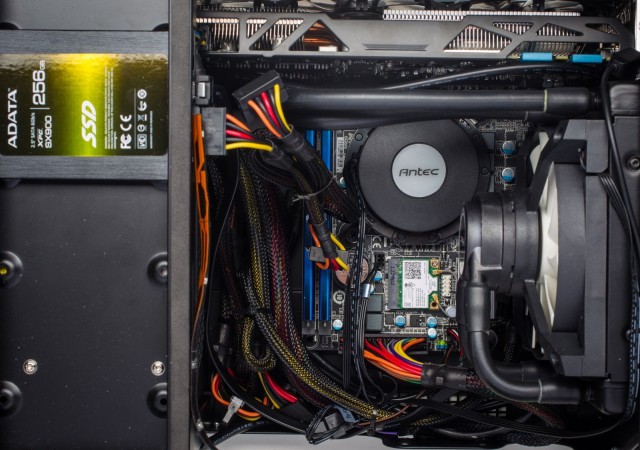
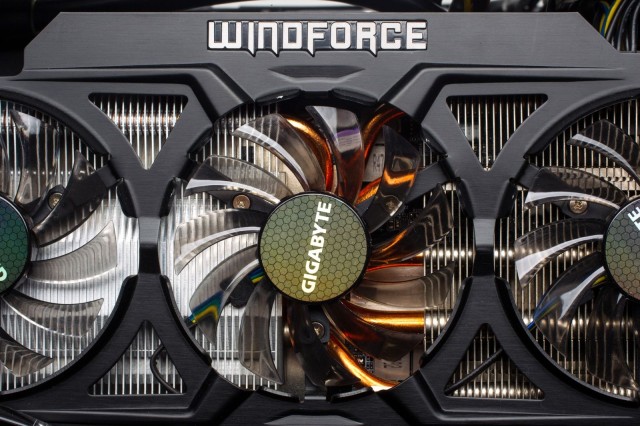
Here’s the list of parts used to build both machines (and the parts in the Mac Pro, for comparison).
